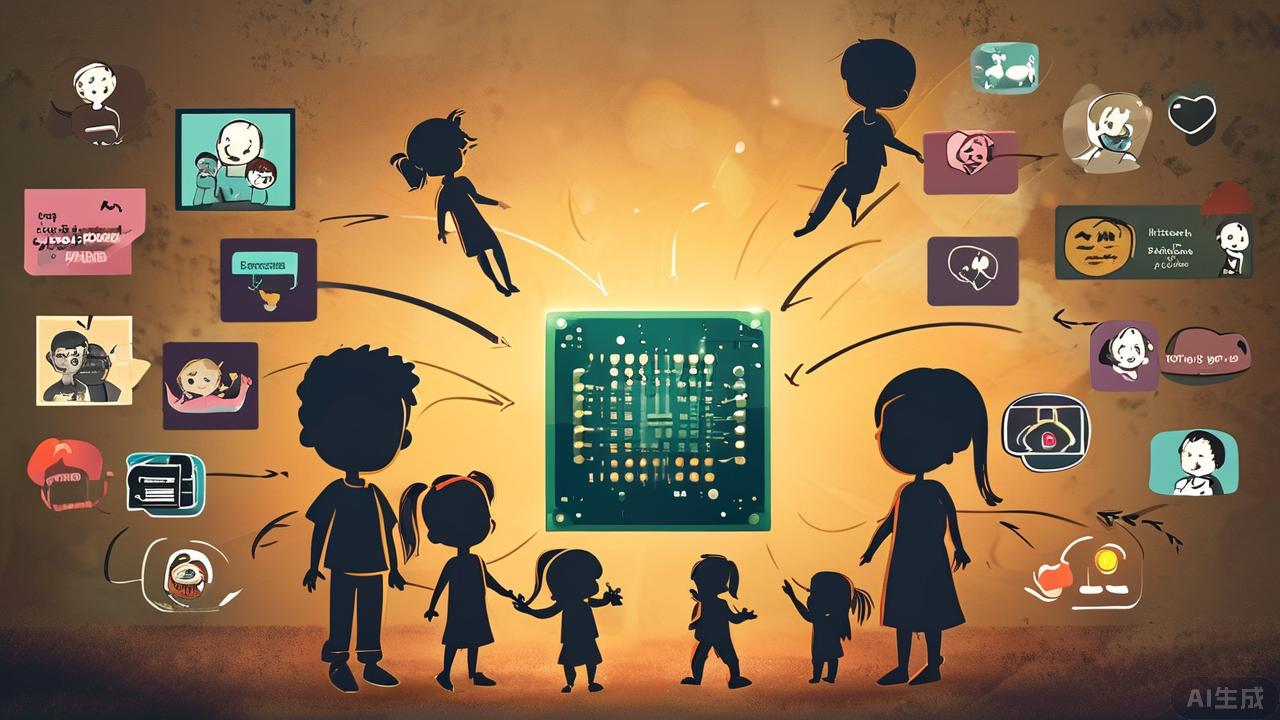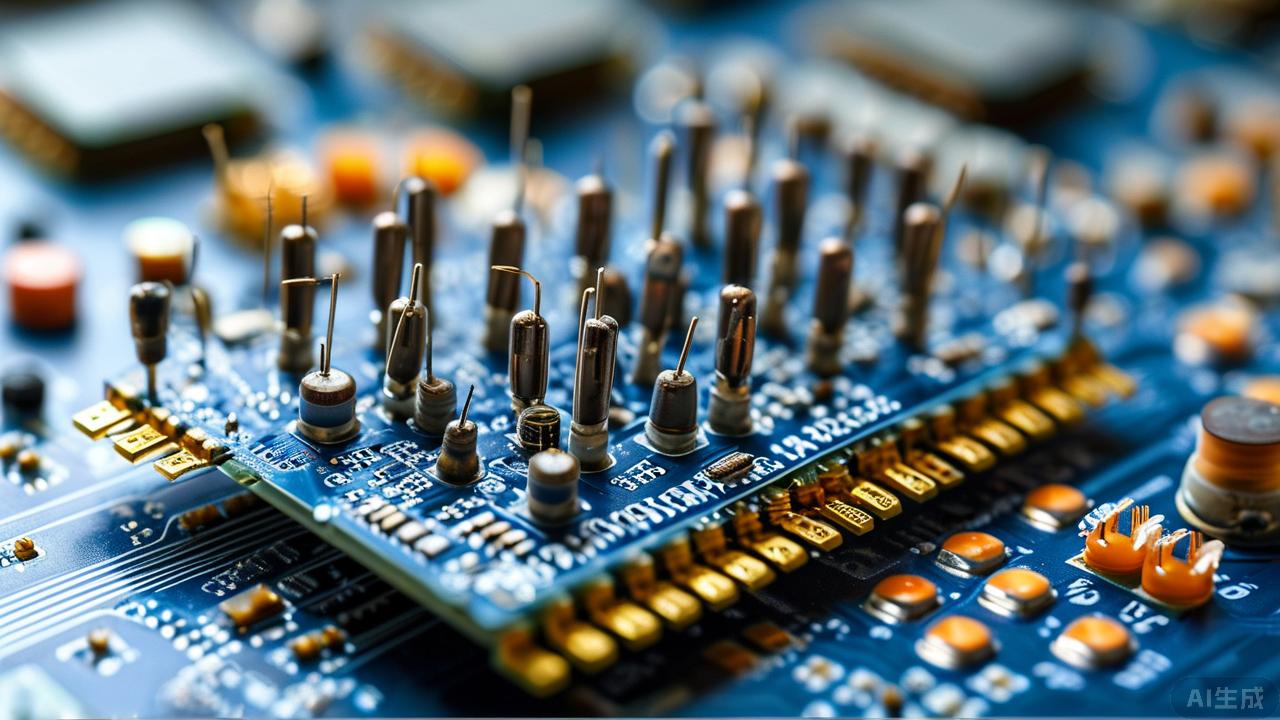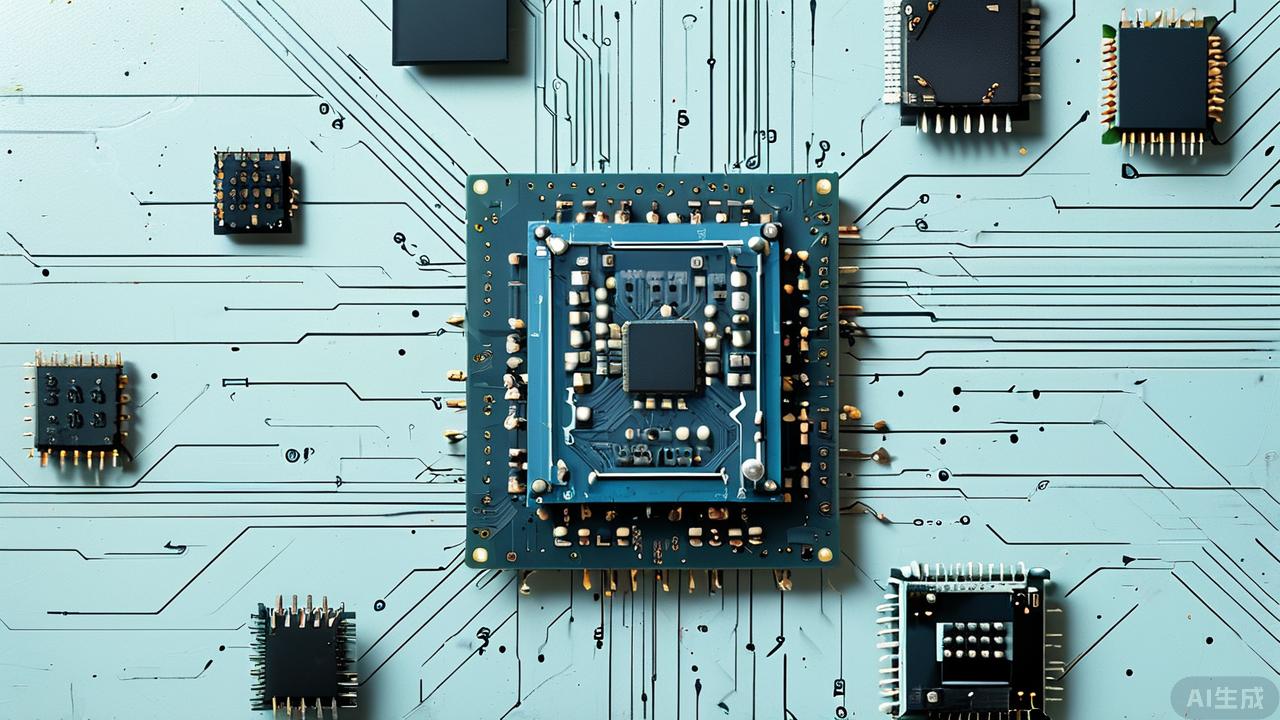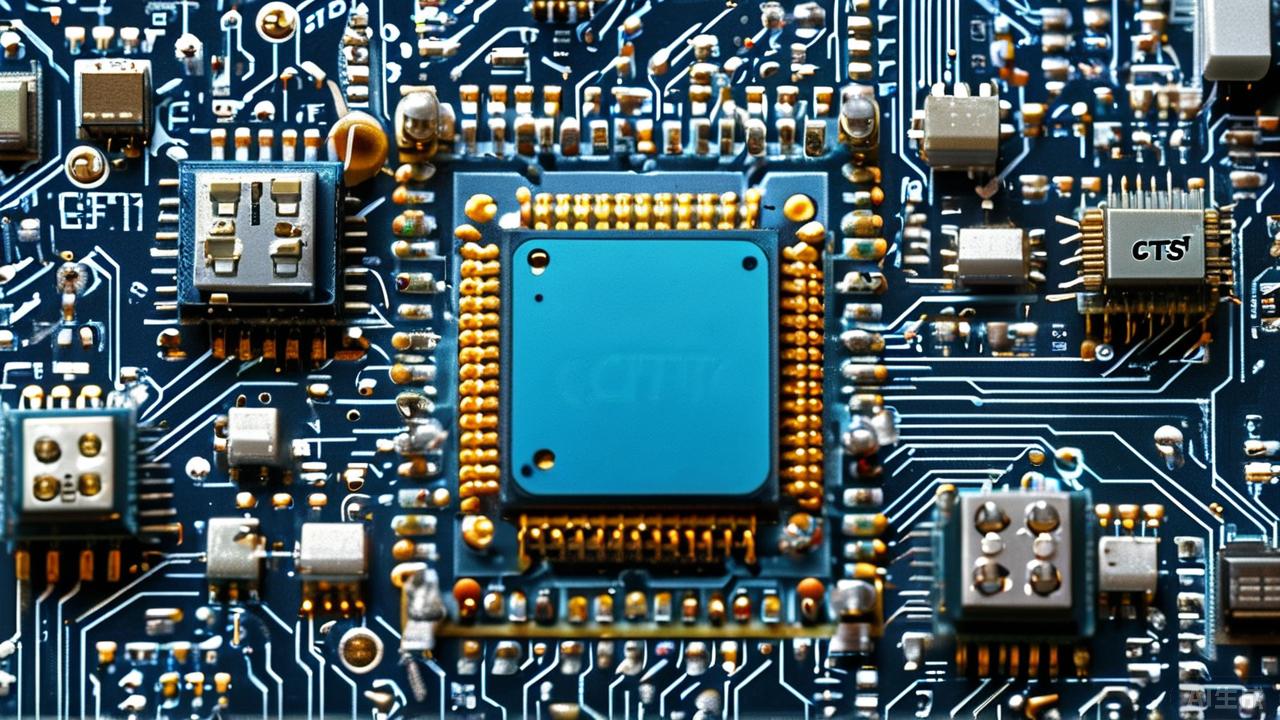ChipSourceTek-CST16F096A(B) Voice Chip, Revealing Its Applications in Multiple Fields!
In-depth Analysis of ChipSourceTek - CST16F096A(B) Voice Chip
In the current era of rapid technological development, various chips play a crucial role in the electronic field. ChipSourceTek-CST16F096A (B), as a voice chip with voice recording and conversion, stands out among numerous chips with its unique performance and wide range of application fields.
Application fields: Blooming in multiple locations
The application fields of this voice chip are extremely extensive. In terms of the application of single-chip microcomputers, it can provide powerful voice processing functions for various systems based on single-chip microcomputers. Whether in fields such as industrial control, smart home or smart meters, ChipSourceTek-CST16F096A (B) can achieve functions such as voice interaction and voice prompts with its outstanding performance, making the single-chip microcomputer system more intelligent and user-friendly.

Electronic dictionaries are also one of its important application scenarios. In an electronic dictionary, the voice chip can achieve functions such as the pronunciation of words and the reading of example sentences. Users can not only view the definitions of words visually, but also hear the standard pronunciations. This greatly improves the learning efficiency and accuracy for language learners. Moreover, the voice-recording and voice-changing function of ChipSourceTek-CST16F096A (B) can add more personalized elements to the electronic dictionary. For example, users can record their own voices to mark some special words or sentences, which is convenient for memory.

This chip is also indispensable in the field of handheld games. In games, voice prompts can enhance the interactivity and immersion of the game. For instance, in role-playing games, voice chips can emit characters' dialogues, task prompts and other sounds, making players feel more immersed. Meanwhile, its voice recording and conversion function can also achieve some interesting sound effects, such as simulating the voice characteristics of different characters, adding more fun to the game.

The demand for voice chips in e-learning AIDS (ELA) is also increasing day by day. ChipSourceTek-CST16F096A (B) can provide rich voice resources for e-learning AIDS, such as course explanations, knowledge point Q&A, etc. Students can learn knowledge by listening to sounds, especially in some situations where reading is not convenient, such as studying while doing other things. The way of learning through sounds appears to be more convenient. Moreover, the voice-recording and voice-changing function enables parents or teachers to record personalized learning guidance voices, meeting the learning needs of different students.
Electronic storybooks are another typical application field. For children, electronic storybooks should not only have wonderful words and pictures, but also vivid voice explanations can greatly enhance the reading experience. ChipSourceTek-CST16F096A (B) can achieve functions such as story reading aloud and character voice simulation, allowing children to experience more fun while listening to stories. Meanwhile, the voice-recording and voice-changing function also enables parents to participate, recording their own voices to tell stories and enhancing parent-child interaction.

Block diagram: Showcases a powerful architecture
Judging from the block diagram, the design of ChipSourceTek-CST16F096A (B) is very exquisite. It integrates multiple key modules internally, which work together to achieve various functions of the voice chip.

Among them, the core processor module is responsible for coordinating the operation of the entire chip. It is like the "brain" of a chip, coordinating and managing various parts to ensure that operations such as the processing, storage and transmission of voice data proceed in an orderly manner. Closely cooperating with the processor is the memory module, including the program memory and the data memory. The program memory stores the program codes required for the operation of the chip, while the data memory is used to temporarily store voice data, processing results and other information.
The audio processing module is the feature of this chip. It has powerful recording and playback functions, capable of converting external sound signals into digital signals and storing them. At the same time, it can also convert the stored digital audio signals into analog signals for output, driving the speaker to produce sound. During the recording process, the chip can collect sound through the built-in microphone or external audio input interface, and then store the clear sound data after a series of operations such as analog-to-digital conversion and noise reduction processing. During playback, the audio processing module will read out the stored audio data. After analog-to-digital conversion and power amplifier processing, it will be output to the speaker to achieve high-quality voice playback.

The chip is also equipped with a rich array of interface modules, such as I/O interfaces, serial interfaces, etc. These interfaces enable the chip to communicate and connect efficiently with external devices. For example, external devices such as buttons and display screens can be connected through the I/O interface to achieve human-computer interaction. Serial interfaces can be used for data transmission with other chips or devices, facilitating the construction of more complex systems.
Application Circuit: The Mystery of a single 16-bit PWM output
In terms of application circuits, the single 16-bit PWM output of ChipSourceTek-CST16F096A (B) is a notable feature. PWM (Pulse Width Modulation) technology plays a significant role in the audio field. It can convert digital audio signals into analog signals and control the amplitude and frequency of the output audio by adjusting the pulse width.

In this chip, a single 16-bit PWM output can provide high-precision audio signals. A 16-bit resolution means that the amplitude changes of audio signals can be represented more accurately, thereby restoring a more realistic and delicate sound. For instance, when playing music, it can better restore the high and low notes in the music, allowing users to enjoy a richer and fuller sound quality.
In actual circuit design, to ensure the normal operation of the PWM output, attention should be paid to some key circuit layouts and component selections. The 10uF and 0.1uF VCC decoupling caps should be placed within 0.5cm of the IC in the PCB layout. This can effectively filter out high-frequency noise and interference in the power supply and ensure the stability of the chip's power supply. Meanwhile, the width of the VCC and VSS power lines in the PCB layout should be greater than 30mil to provide sufficient current carrying capacity and avoid voltage drop and noise problems caused by overly thin power lines. In addition, VSS and AVSS should be as close as possible to reduce the impedance of the ground loop and improve the stability of the signal.

Packaging form: Diverse options
ChipSourceTek-CST16F096A (B) offers multiple package forms, including SOP16, SOP16-2, SSOP24 and SSOP28, etc. Different packaging forms are suitable for different application scenarios and circuit board design requirements.
The SOP16 package form features a smaller volume and a better pin distribution, making it suitable for use in circuits with high space requirements and relatively fewer pin demands. For instance, in some small handheld devices or portable electronic products, SOP16 packaged chips can save circuit board space and facilitate layout and wiring.

The SOP16-2 package has undergone some improvements on the basis of SOP16, possibly with certain optimizations in electrical performance or heat dissipation, and is suitable for scenarios with slightly higher performance requirements.
The SSOP24 and SSOP28 packages offer more pins and are suitable for use in circuits that need to connect more external devices or implement more complex functions. For example, in some powerful single-chip microcomputer application systems or complex audio processing equipment, SSOP packaged chips can meet more interface requirements and facilitate connection with other chips and components.

Summary and Prospect
ChipSourceTek-CST16F096A (B), as a voice chip with voice recording and conversion, has demonstrated outstanding performance and characteristics in terms of application fields, block diagram design, application circuits, and packaging forms. Its wide application in multiple fields such as single-chip microcomputer applications, electronic dictionaries, handheld games, electronic learning AIDS and electronic storybooks fully proves its market value and practicality.
With the continuous advancement of technology and the constant growth of market demand, we believe that the ChipSourceTek-CST16F096A (B) voice chip will be more widely applied and developed in the future. On the one hand, chip manufacturers may further optimize the performance of chips, enhancing their processing speed, reducing power consumption, and increasing storage capacity, etc., to meet the constantly changing market demands. On the other hand, with the development of emerging technologies such as artificial intelligence and the Internet of Things, voice chips are expected to play a more important role in these fields. For example, in a smart home system, voice chips can achieve more intelligent voice control and interaction functions; In Internet of Things (iot) devices, voice chips can provide convenient voice communication and data transmission methods for the devices. In conclusion, the ChipSourceTek-CST16F096A (B) voice chip has broad prospects for development and is worthy of our continuous attention and anticipation.



